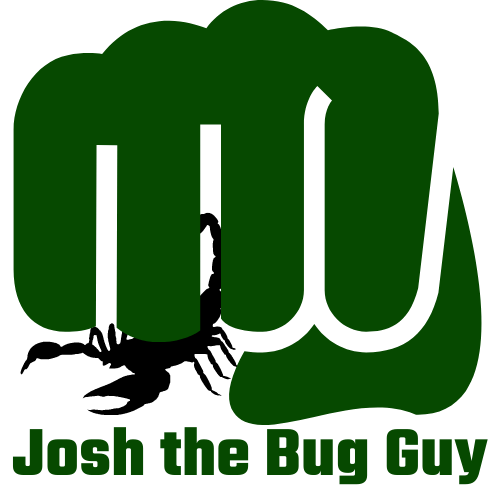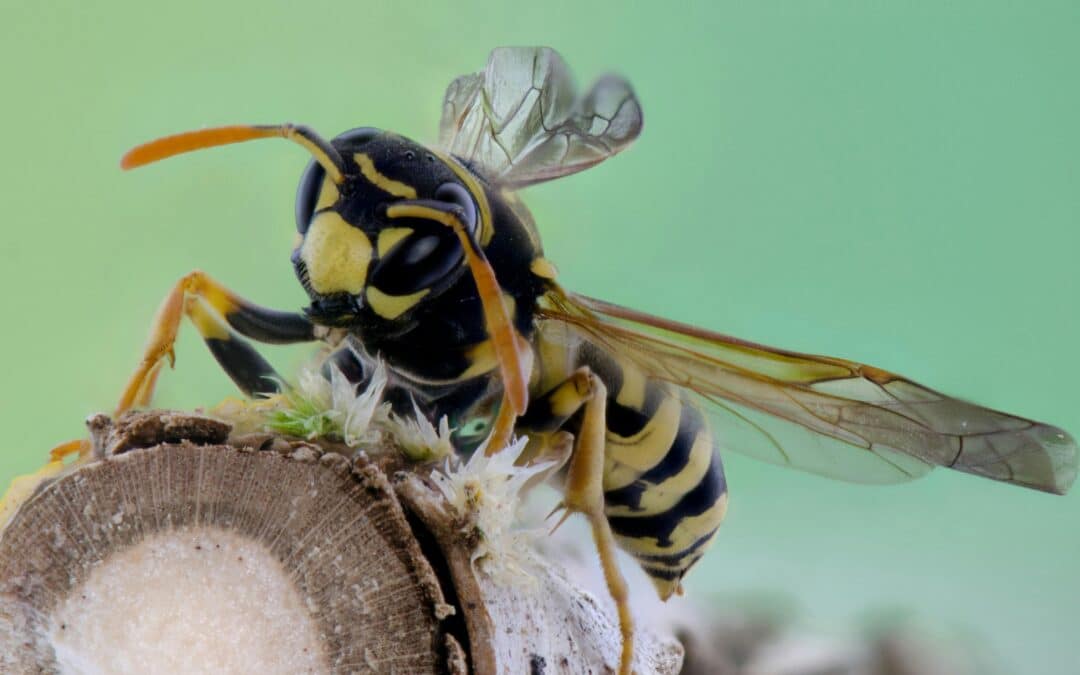Wasps, while beneficial predators in the ecosystem, can become a nuisance around your home, especially during summer picnics or barbecues. Their stings can be painful, and their presence can be unsettling. Understanding wasp behavior and implementing effective wasp control strategies can help you prevent problems and enjoy your outdoor space sting-free.
Understanding Wasps and Why They Cause Problems
Several types of wasps exist, but bald-faced hornets and yellow jackets are common wasp culprits in North America. These social insects build intricate paper nests, often in sheltered locations like eaves, trees, or even inside wall voids. Throughout the spring and summer, wasps work together to raise their young and forage for food. While wasps play a valuable role in pest control by preying on caterpillars, spiders, and other insects, their attraction to sugary drinks, ripe fruits, and meat scraps can bring them into close proximity to human activity. This overlap can lead to accidental encounters and stings, especially during late summer when wasp colonies reach their peak size and worker wasps become more aggressive in search of food to sustain the developing brood.
Preventing Wasp Problems: Keeping Them Out
The best approach to wasp control is prevention. Here are some key strategies:
- Minimize food and drink temptations: Close lids tightly on trash cans, clean up spills promptly, and avoid leaving sugary beverages outdoors. For added deterrence, cover outdoor eating areas with mesh screens when not in use.
- Seal potential nesting sites: Regularly inspect your eaves, soffits, porches, and decks for gaps or holes. Caulk any openings to prevent wasps from building nests.
- Discourage wasps with natural repellents: Plant citronella, lemongrass, or peppermint around your property. Create a DIY spray by mixing dish soap with water to deter wasps from specific areas.
Dealing with Existing Wasp Nests
If you discover a wasp nest, particularly near your living areas, consider these steps:
- Act early: Early spring is the ideal time to address wasp nests when they’re smaller and less populated. A smaller nest means fewer wasps to defend it, making removal safer and easier.
- Consider professional help: Removing a wasp nest can be dangerous, especially for larger or ground-based nests. These nests may house thousands of wasps, and any disturbance can trigger a swarm attack. If you’re uncomfortable with DIY removal, or if the nest is large or located in a difficult-to-reach spot, call a pest control professional. They have the experience and equipment to safely and effectively remove the nest.
Safely Removing a Wasp Nest (DIY approach)
Tackling a wasp nest yourself is not recommended for everyone. Wasps can be aggressive, and attempting to remove a nest can provoke stings. If you’re unsure about your ability to handle the task safely, or if the nest is large or located in a difficult-to-reach spot, it’s best to call a pest control professional. However, if you’re determined to remove a small, easily accessible nest yourself, proceed with extreme caution and only after dark when wasps are less active. Here’s what you’ll need to gather before you begin:
- Protective gear: Wear long sleeves, pants, gloves, and a hooded beekeeping suit for maximum protection. Choose thick clothing that will provide a barrier against stingers.
- Wasp and hornet killer: Select an aerosol spray with an extended reach for targeted application. Opt for a formula that kills wasps on contact and has a residual effect to eliminate any stragglers that may return to the nest.
- Sealable bag and duct tape: You’ll need a large, heavy-duty trash bag to securely contain the nest once it’s been knocked down. Duct tape will be helpful for sealing the bag shut after disposal.
- Flashlight: Having a flashlight on hand will help you see clearly in the dark and ensure you target the entire nest with the insecticide.
Important Considerations for Wasp Suppression
- Never attempt to swat or agitate wasps: This can provoke them to sting.
- Remain calm and still if a wasp lands on you: Avoid swatting or brushing it away. Slowly move away to allow it fly off on its own.
- Be aware of allergies: If you have a severe allergy to wasp stings, avoid DIY controlling wasps and seek professional help immediately upon encountering a nest.
Choosing Wasp Management Products
When selecting wasp management products, consider the size, location, and type of wasp nest you’re dealing with. Here’s a breakdown of some common options:
- Aerosol sprays: Ideal for easily accessible nests located above ground, such as those on eaves, soffits, or under decks. Choose a wasp and hornet killer with a long spray range to minimize your exposure to stinging insects.
- Dust formulations: A suitable option for wasp nests located in wall voids or attics, where a direct spray might not be effective. Dust formulations can be injected into the nest opening, delivering insecticide directly to the wasps.
- Foam sprays: Expandable foam sprays can be useful for sealing the entry point of nests located in wall voids or other cracks and crevices. The foam kills wasps on contact and helps prevent others from entering or exiting the nest.
- Traps: While not effective for eliminating existing wasp infestations, traps can be helpful in capturing stray wasps and reducing their activity around your property. Look for traps baited with sugary substances or food scraps that attract wasps.
Always follow the product instructions carefully, paying close attention to safety precautions and application methods. Remember, wearing personal protective equipment like gloves, long sleeves, and a mask is crucial when handling any wasp control product.
By understanding wasp behavior, implementing preventive measures, and taking appropriate action when necessary

